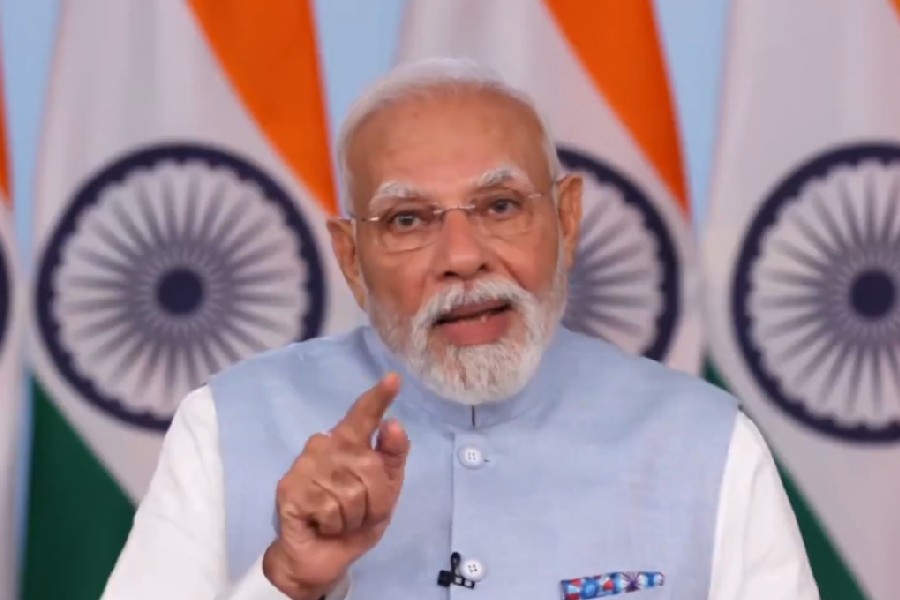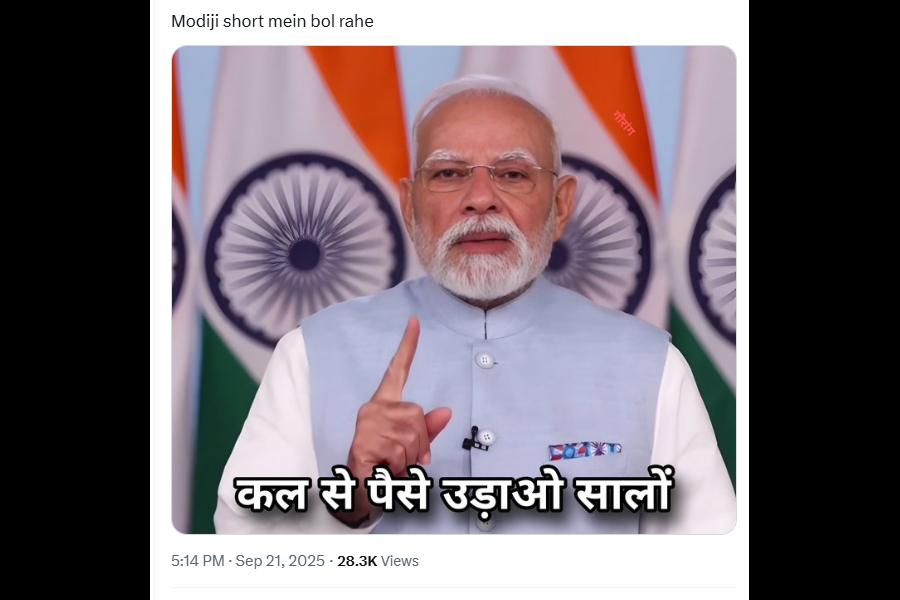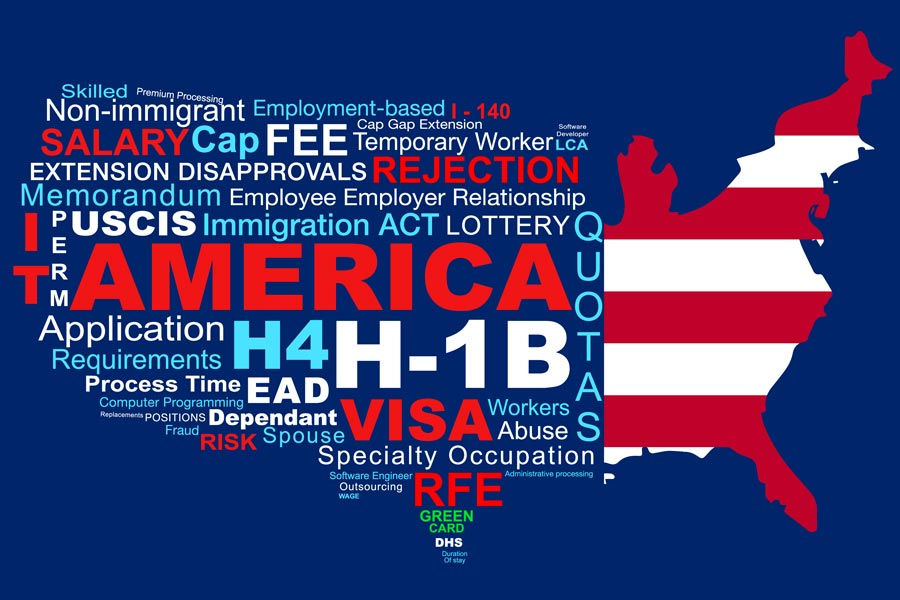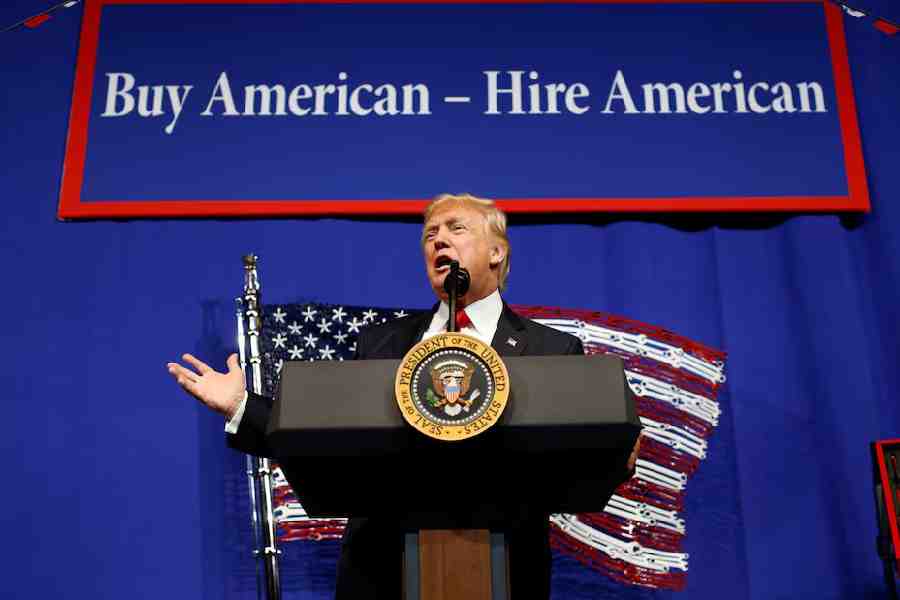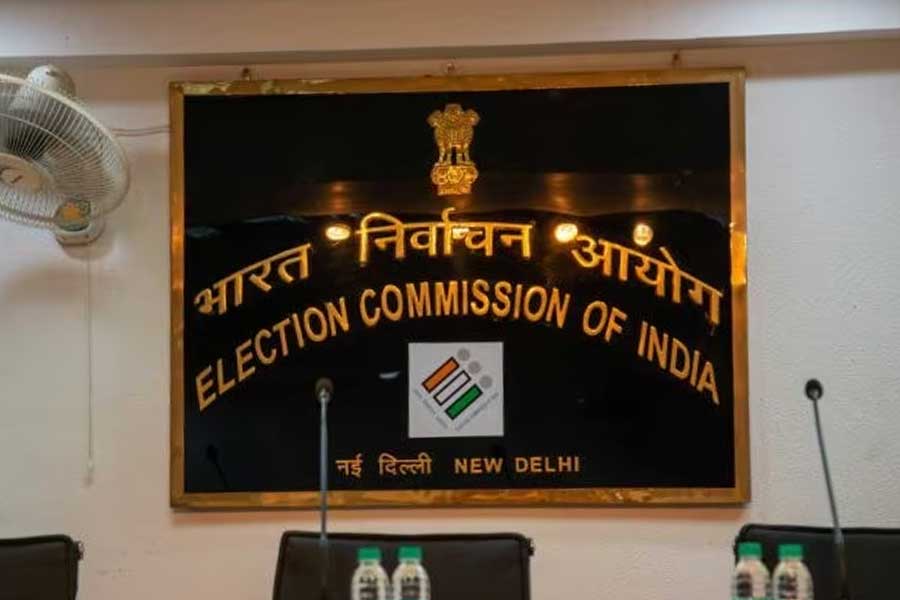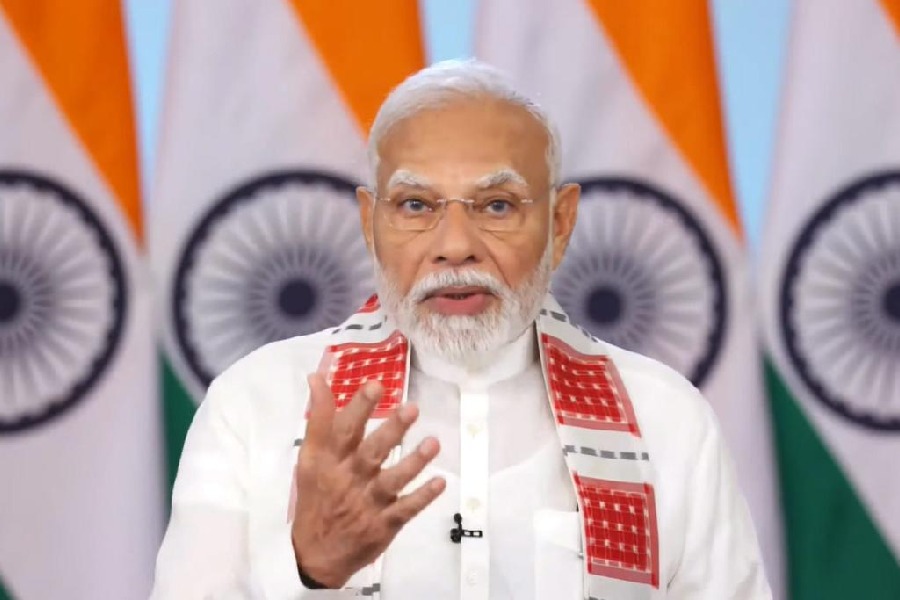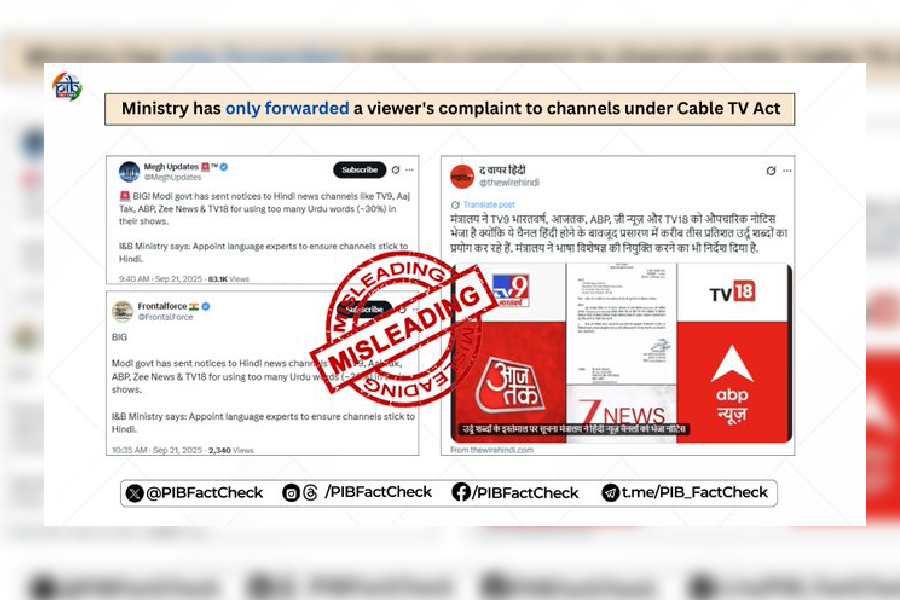New Delhi, May 28: A government-appointed panel is expected to suggest that all official communication between the Centre and non-Hindi speaking states should be in three languages: English, Hindi and the state's language.
The 17-member panel, headed by retired JNU faculty Kapil Kapoor, is due to submit its report on a language policy to the human resource development ministry soon.
Kapoor, however, declined comment on the report. "I do not want to talk about the report. I am yet to submit it," he said.
However, two panel members told this newspaper that the committee had completed its discussions and reached a consensus on recommendations to be made in the report.
Under the Official Languages (Use for Official Purpose of the Union) rules applicable at present to the whole of India except Tamil Nadu, all communication from the Centre to North-eastern states, non-Hindi speaking eastern and southern states has to be in English.
In the case of Hindi-speaking states, the communication is in Hindi. If any letter is sent in English, there has to be a Hindi translation.
The language policy has long been a contentious subject in the country. After Independence, efforts were made to make Hindi the national language. English was not preferred since it was the language of the colonial power that had exited the country. Ultimately, both Hindi and English were made official languages for official communication.
There were plans then to phase out English by 1965. But the popularity of English increased because of its global acceptance and the opposition to Hindi by people speaking regional languages. There were widespread protests in Tamil Nadu. In 1965, the government said English as an official language would not change till all states agreed.
The new panel has suggested that central departments and ministries should engage translators in all the scheduled languages - major languages listed in the schedule of the Constitution - for official communication. A state would be free to respond in any of the three languages.
"The committee discussed a possible link language. But it was agreed that the panel should recommend that the official communication should be in two official languages and the respective regional language for the specific non-Hindi speaking state," a member said.
Another member said unlike the 1960s, there might not be much protest since the local language had been given space. The need for change has been felt in view of protests from some states against English.
Linguists believe that the proposal to push Hindi in non-Hindi regions would still face resistance and logistical problems.
Prakash Chandra Pattanaik, a professor in the department of modern Indian languages in Delhi University, said it would not be feasible to implement the three-language policy in official communication.
"Translation of the document into a regional language would be major issue. There is no proper translation training in the country. The cultural issue is also important. It may not be acceptable to many," he said.
The panel is also expected to support the continuation of the three-language policy in schools.
Panchanan Mohanty, the coordinator of the Centre for Endangered Languages and Mother Tongue Studies at the University of Hyderabad, said the three-language policy promoted in the 1960s had failed to make much difference to people's language practices.
Under the three-language formula, students of Classes VI to X were supposed to learn Hindi, English and any other modern Indian language. If properly implemented, the majority of the people now would speak three languages.
According to the 2001 census, 42.7 crore of 102 crore people were Hindi speakers. But only 12 per cent Hindi speakers knew an additional language. That means 88 per cent Hindi speakers were monolinguals, he said. Similarly, about 90 per cent Tamil speakers were monolinguals.
"In India, four per cent of the population are speakers of 96 per cent of the languages while 96 per cent of the population are speakers of 4 per cent of the languages. The situation must change in order to conserve the multi-lingual character of the country," Mohanty said. He said there was no inter-language dictionary to facilitate translation.
There are 22 scheduled languages in the country. The 2001 census has found another 100 languages that have a good number of speakers.


